French food culture is one of the most sophisticated in the world. From the multi-story millefeuille of the Parisian patisserie to the hearty simplicity of Provençal cuisine, the food in France is marvelous to behold—and taste.
With so much heritage and tradition, the French take their food very seriously. Yes, they’re opinionated. There are rules for the correct order in which to eat cheeses, or what kind of wine to drink with which meals. However, they’re also a fun-loving bunch, often having the most fun when they’re eating.
So don’t worry about going wrong—anything out of the ordinary will usually be greeted by a Gallic shrug and a warm smile.
A Potted History of French Fine Dining
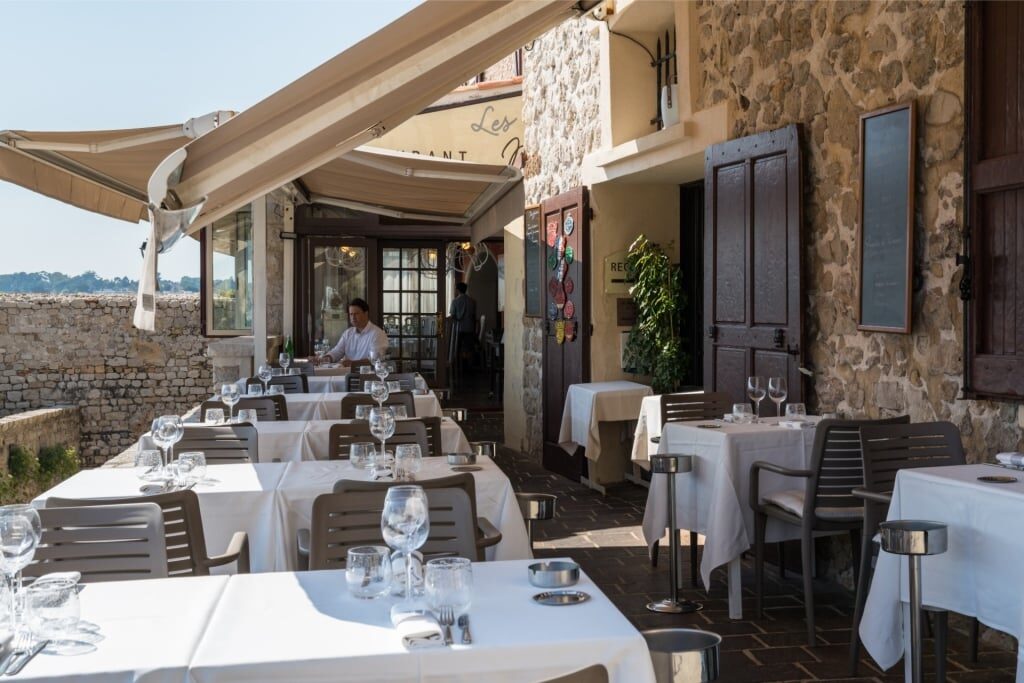
Antibes
France’s culinary pre-eminence can trace its roots back to the medieval era. The French nobility would throw banquets to entertain their guests and display wealth. With an eye on outdoing fellow nobles with their culinary displays, this gastronomic competition helped develop recipes that pushed French cuisine forward.
Many of those are collected in a 14th-century recipe book, a historical artifact that gives us a peek into what was on the tables of the upper classes at the time. In the main, it was seasonal vegetables and heaped platters of spiced or smoked meats such as wild boar, venison, and beef.
From here, two significant forces propelled French cuisine’s development. First was the exploration of the New World, and the arrival of new produce such as potatoes, haricot beans, and various squashes. Tomatoes were used, as well, when the French chefs finally accepted they weren’t just decorative items. The French palate was being broadened.
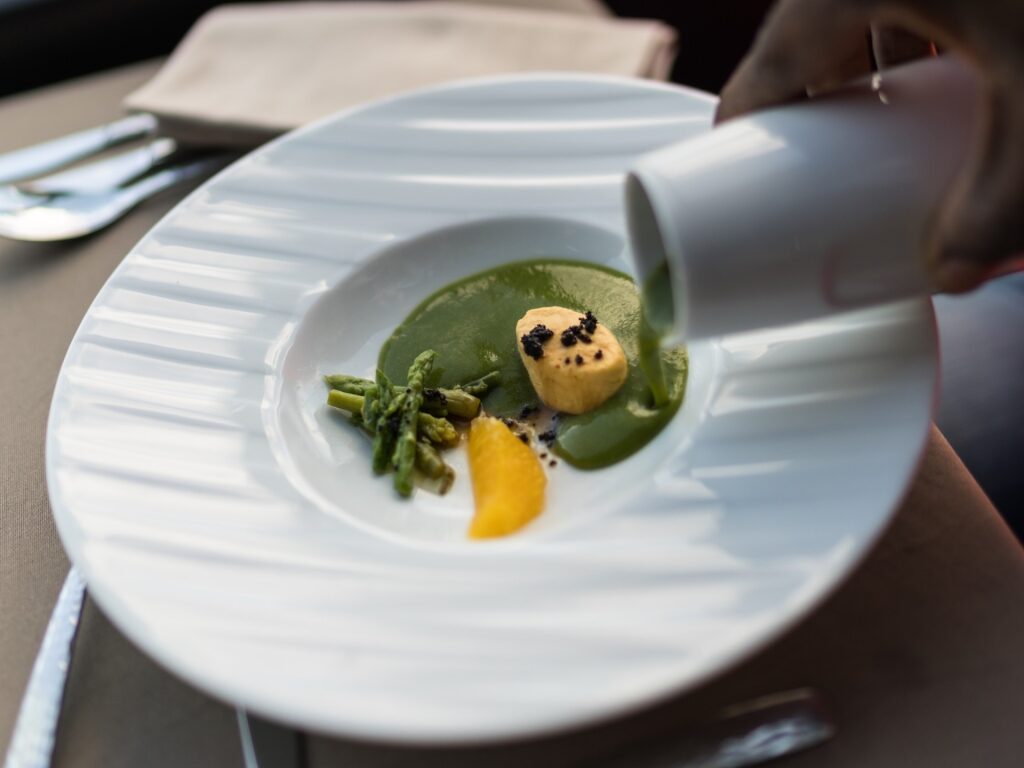
Paris
The second influence came from the south. The arrival in France of Italian technique, along with the first forks, has long been assigned to the Florentine noblewoman Catherine de Medici and her arrival on the French throne in 1547. However, it’s now widely agreed that there was no single point of entry for Italian influence.
For decades before the arrival of de Medici, the French elite had, primarily through military campaigns on the peninsula, acquired a huge wealth of knowledge about Italian culinary art. These techniques, ingredients, and cutlery returned to France with these well-fed warmongers.
With the arrival of the Renaissance, the upper-class French table had changed greatly from its medieval predecessor. Stylish tableware now graced the place settings, food was presented artistically, and tomatoes were used liberally.
These advancements were organized and collected in “Le Cuisinier Francois” by Francois Pierre La Varenne in 1651. This culinary bible, allowing the dissemination of the latest styles, paved the way for the development of haute cuisine.
What Is Haute Cuisine?
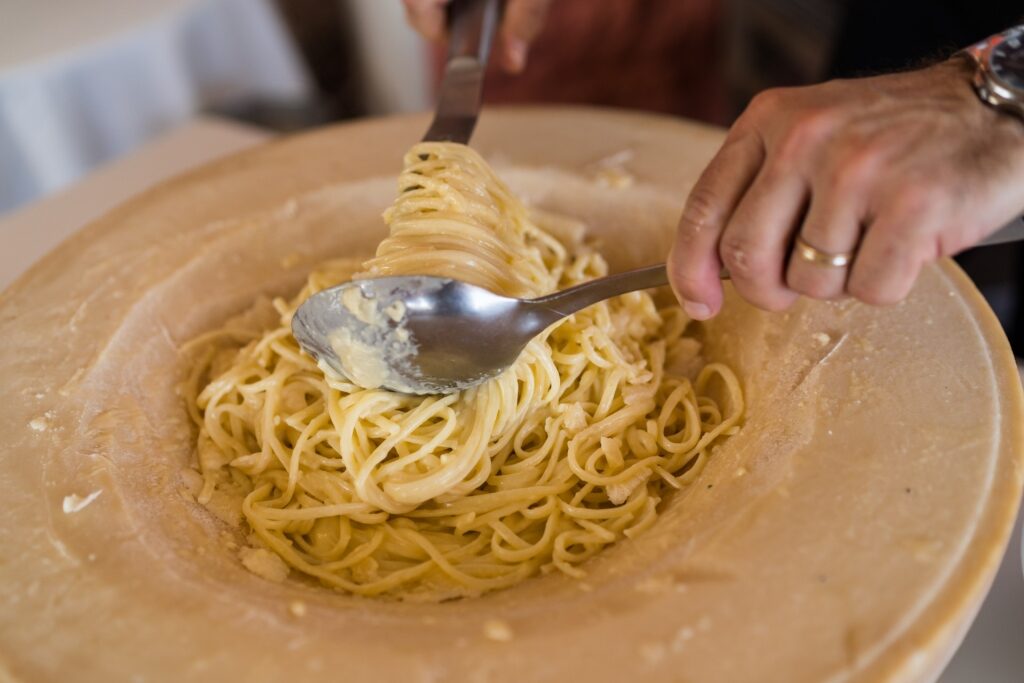
Pasta
Translated as “high cooking”, haute cuisine is characterized by an emphasis on quality ingredients, multi-course meals, and intricate cooking techniques. The style continues to underscore much of French cuisine to this day, including the liberal use of cream and butter.
By the 19th century, haute cuisine was producing decadent dishes such as lobster thermidor, tournedos Rossini, and crêpes Suzette. Eye-catching garnishes and luxurious sauces accompanied poached and braised meats, techniques that preserved the more delicate flavors. Desserts and pastries became intricately crafted and deliciously rich.
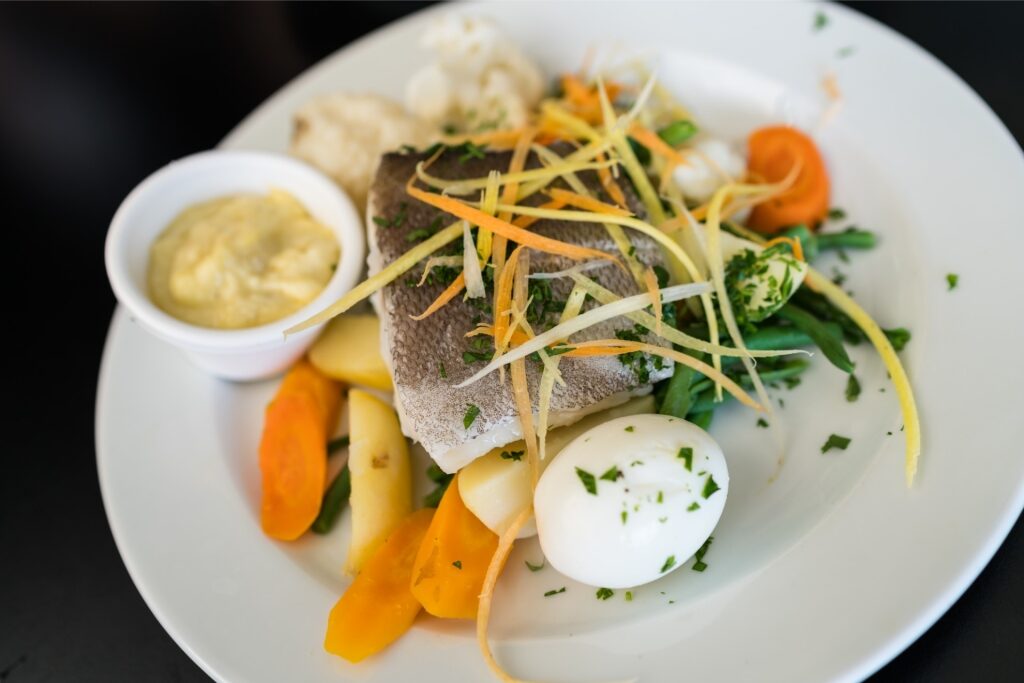
Fish
At the beginning of the 20th century, Georges Auguste Escoffier modernized the French kitchen, creating a hierarchical system of kitchen management known as the brigade de cuisine. This system, enshrined in “Le Guide Culinaire”, laid the foundations for French fine dining over the next century.
The “Nouvelle Cuisine” movement, which ran counter to the calorific decadence of earlier haute cuisine, emerged in the 1960s offering a sophisticated, culinary minimalism. This gave birth to the rise of tasting menus with smaller portions, a style of dining that continues to dominate at fine dining establishments to this day.
Bistronomy
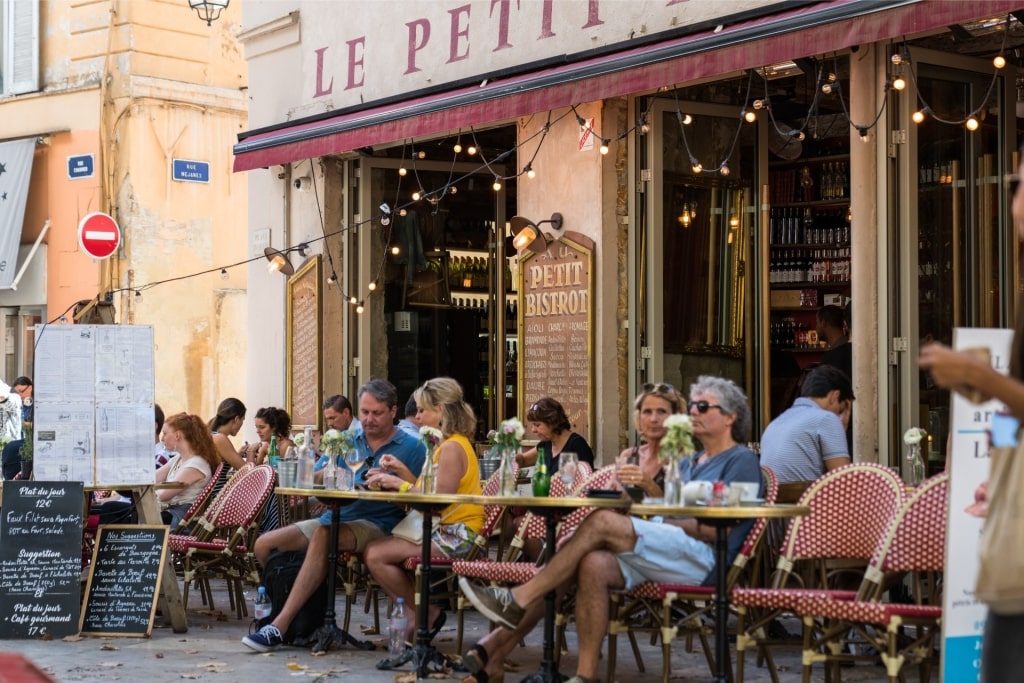
Aix-en-Provence
In the 1990s, a significant movement in French food culture began to emerge known as “bistronomy”. A portmanteau of “bistro” and “gastronomy”, bistronomy saw restaurants offer the relaxed atmosphere and better value of a humble bistro alongside the more sophisticated cuisine of fine dining restaurants.
Bistros arrived in Paris in the late 19th century. Run by families emigrating from the countryside, these taverns traditionally had tables with red-checked tablecloths and served hearty culinary favorites for the working classes. Think dishes such as French onion soup, escargot, which are snails, or duck confit.
At new upscale “bistronomique” bistros, the chalkboard menus depend heavily on what’s seasonally available. Small plates are another typical aspect of these kinds of upscale bistros, that can now be found throughout the food city of Paris and the country as a whole.
The Michelin Guide
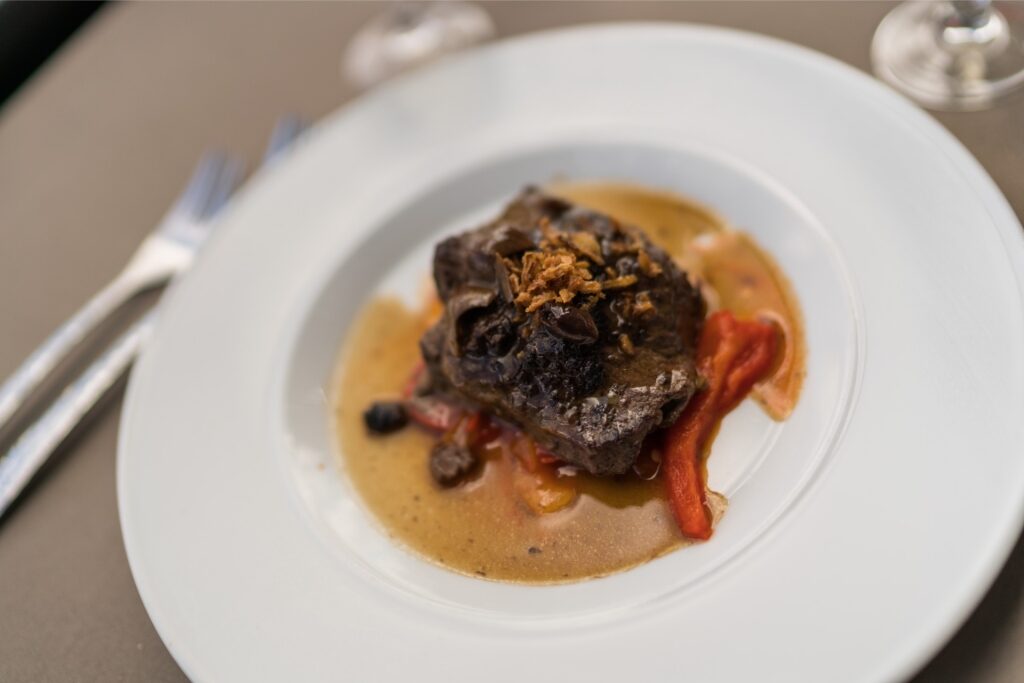
French food
Popping up around the same time Escoffier had developed his brigade de cuisine, the French tire company, Michelin, launched a publication to encourage people to drive more – and therefore purchase more tires.
The publication—which initially included tips on changing tires, the location of gas stations, and useful maps, ran for about a quarter of a century before its editors began to award a star to the best restaurants listed. This expanded to the three-star system by 1931, which is still in operation today.
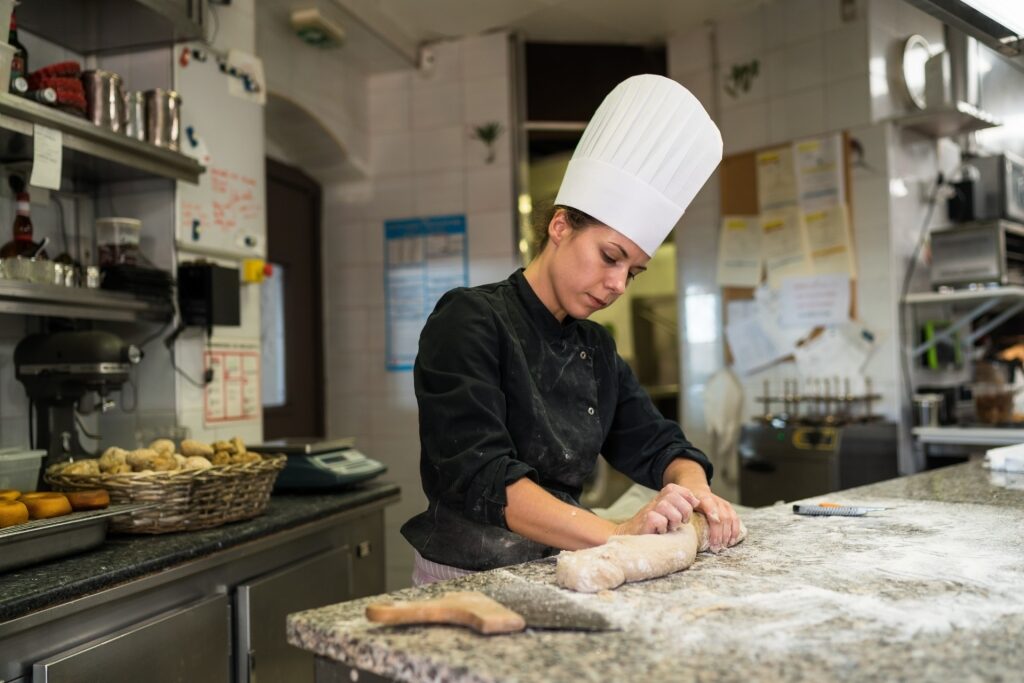
Restaurant in Antibes
The presence of the Michelin guide and its mysterious inspectors has surely played a part in accelerating French culinary excellence. Today, the guide is an example of French food culture gone global. Those chefs who are awarded the ultimate three stars are revered as deities of the dégustation.
There has, in recent times, been a backlash against Michelin stars. Maintaining stars from one year to the next is a huge undertaking for a chef that requires intense dedication to their culinary art.
Regional Variation
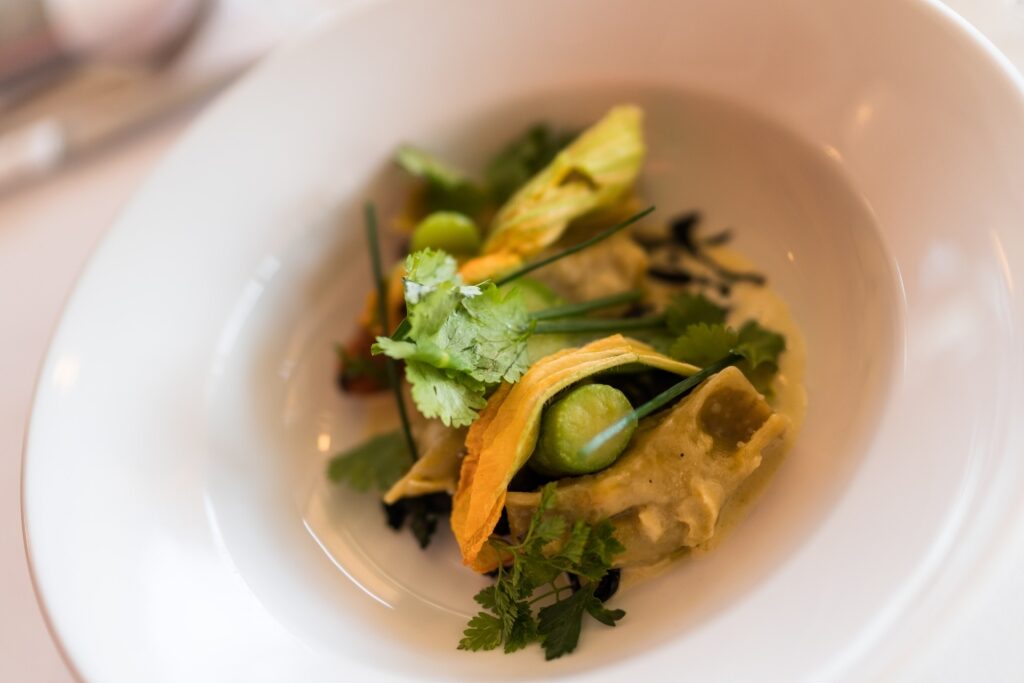
French food
French food culture is not homogenous. This is something that’s most easily explored in the diverse restaurants of the capital, where you can find bistros and restaurants that showcase the nation’s diverse cuisine. One evening you can dine on hearty boeuf bourguignon, hailing from central Burgundy, and on to ratatouille the next, a recipe from the south of France.
But it isn’t as simple as dividing French food into north, south, east, and west. In the south of the country, for example, you have Provence, renowned for its delicious produce transformed into mouth-watering dishes like ratatouille or Soupe au Pistou.
The south abuts the Mediterranean, and the coastal dishes can have a complexion quite different from the dishes of inland Provence. In Nice, you can buy socca on the promenade, a chickpea-based street food that might have Italian origins. Or in Marseille, you’ll try bouillabaisse, a fish stew that resembles the Spanish “suquet de peix”.
While French cuisine is distinctive, it’s not closed to outside influences. However, there are two areas in which French food culture brooks no extra-national meddling: wine and cheese.
Wine Culture
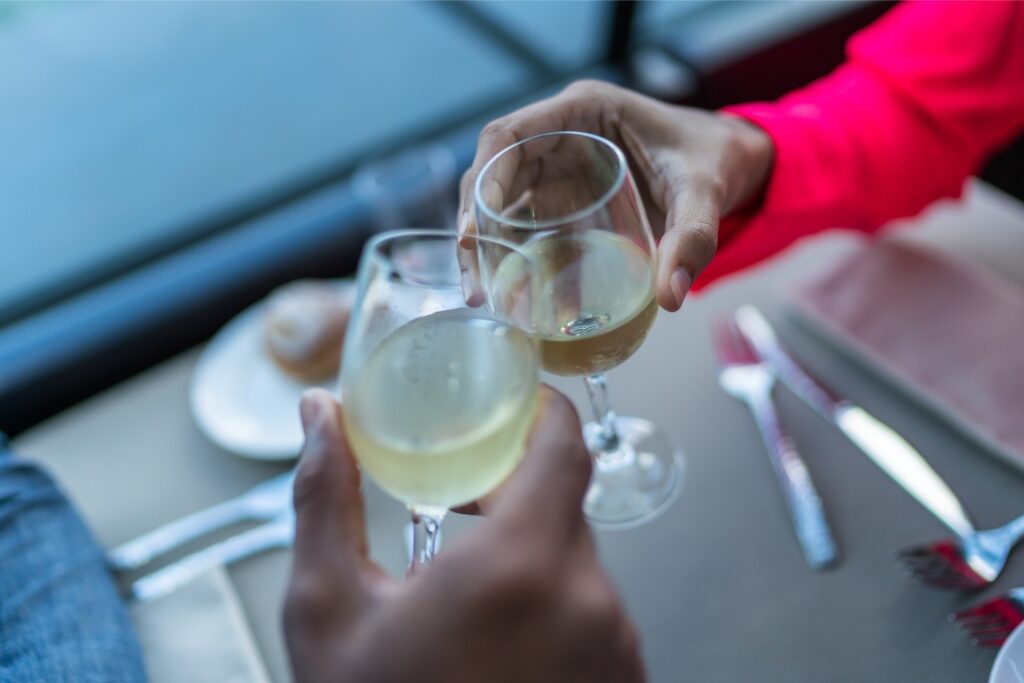
Wine
Wine is a key pillar of French food culture. Throughout the country’s 11 wine regions you can encounter more than 200 varieties of French wine. Revered names such as Margaux, Pomerol, and Château Lafite Rothschild attract some of the highest per-bottle prices in the world.
Thankfully, France is known for producing excellent value wine, the famous rosé of Provence being a prime example. This allows wine to lubricate many areas of French culture without impoverishing the population. The pop of a cork briskly pulled from a bottle is regularly heard at lunch, dinner, weddings, and Sunday meals with the family.
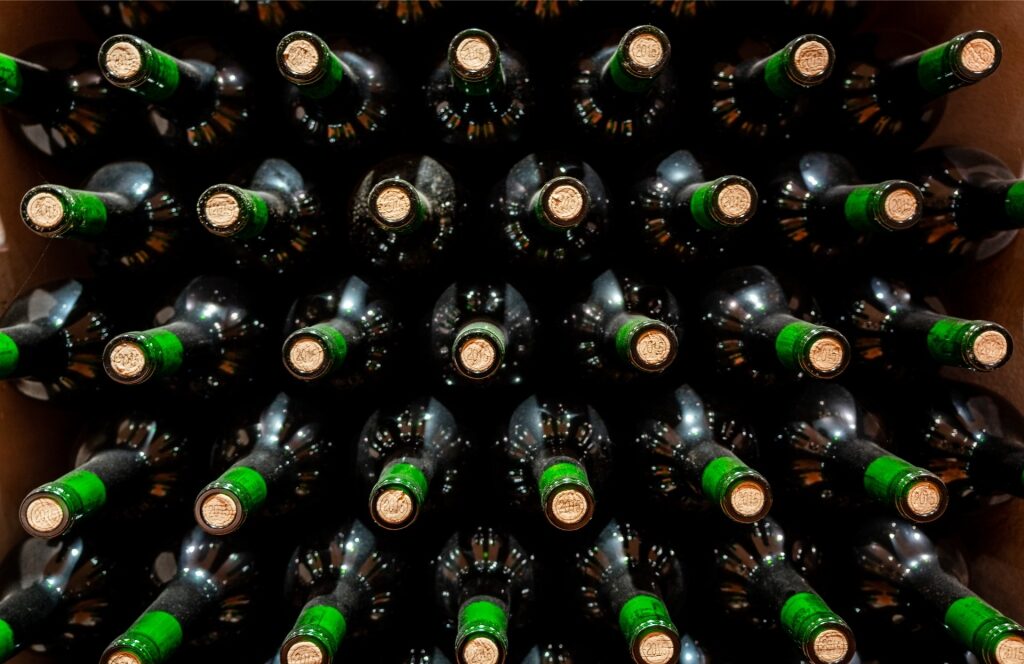
Wine
While French schoolchildren no longer drink alcohol at the school canteen as was the practice in the 1950s, wine continues to be introduced early to French youth. The intention behind this element of French food culture is that it encourages enhanced appreciation of this near-holy tipple, and hopefully instills a sense of moderation.
Experiencing a Friday night out in Paris can suggest that the level of what constitutes moderation is open to interpretation.
While French wine culture is easily within reach wherever you travel in France, a visit to a tasting room is a wonderful way to be immersed in the ritual and respect that the population has for its wine. Try the historic Cave Bianchi on rue Raoul Bosio if you’re in Nice, or Les Caves du Louvre in Paris, a former royal wine cellar on Rue de L’arbre Sec.
The Cheese Plate
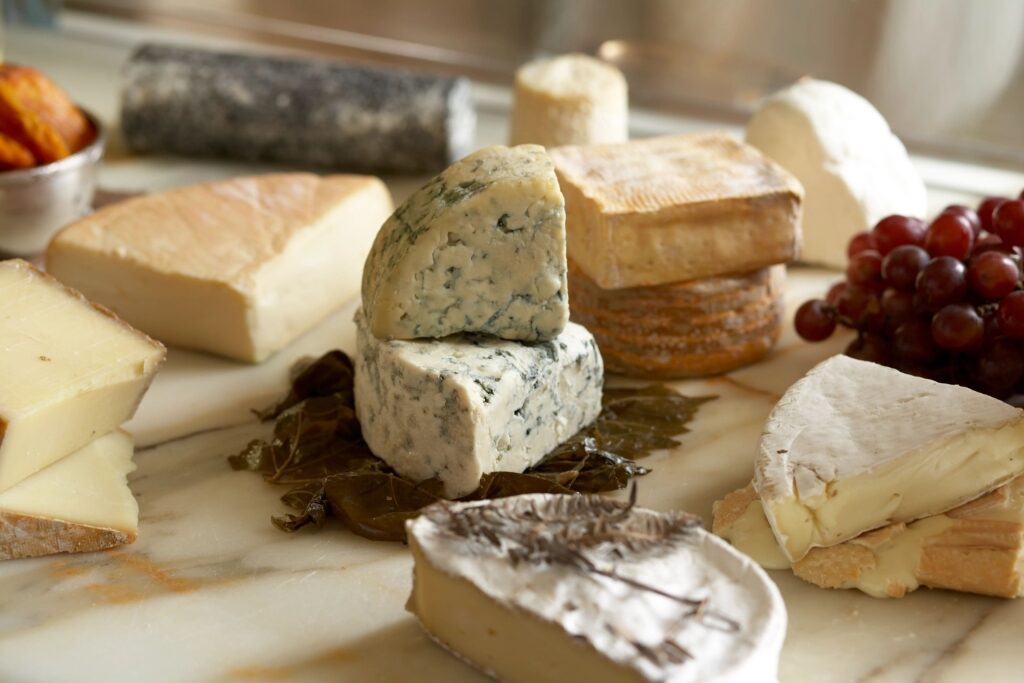
Cheese
French cheese is a crucial part of French food culture. Once you’ve finished your main course or plat principal of slow-cooked cassoulet, it’s on to the “le plateau de fromage”. The cheese board will usually include national classics such as camembert or Roquefort, unless where you are dining is putting its best regional foot forward.
While a slip of etiquette is unlikely to have you ejected into the street, it is typical for the cheese to be eaten from the mildest to the stinkiest, typically the blue. This is mainly to ensure that your palate isn’t ruined by the tang of the most potent cheese. And don’t wait for the crackers: the cheese course in France is usually eaten with bread.
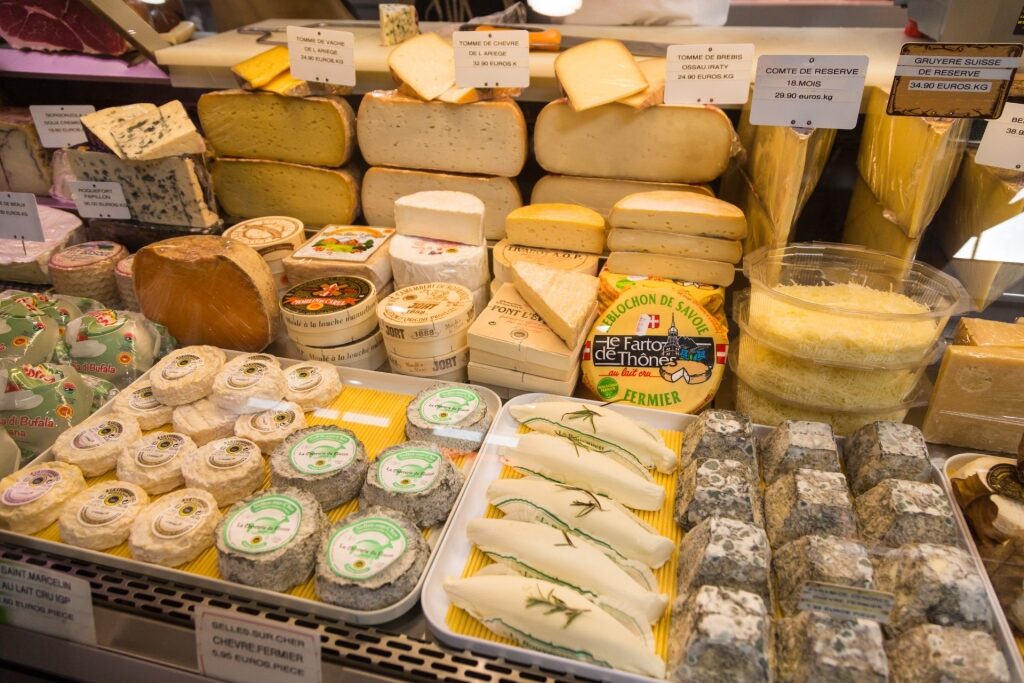
Cheese
Cheese is produced throughout France, and it’s believed that there are over 1,500 distinct types in the country. Helping to organize things is something called “les huit familles de Fromage”, or the eight families of cheese. This relates to styles of cheese, such as fresh cheese, hard cheese, blue, etc.
The most highly regarded cheeses are “fermier” which translates to “farmhouse”. This is small production cheese made usually by a farmer with milk from their herd.
What to Expect When Dining in France
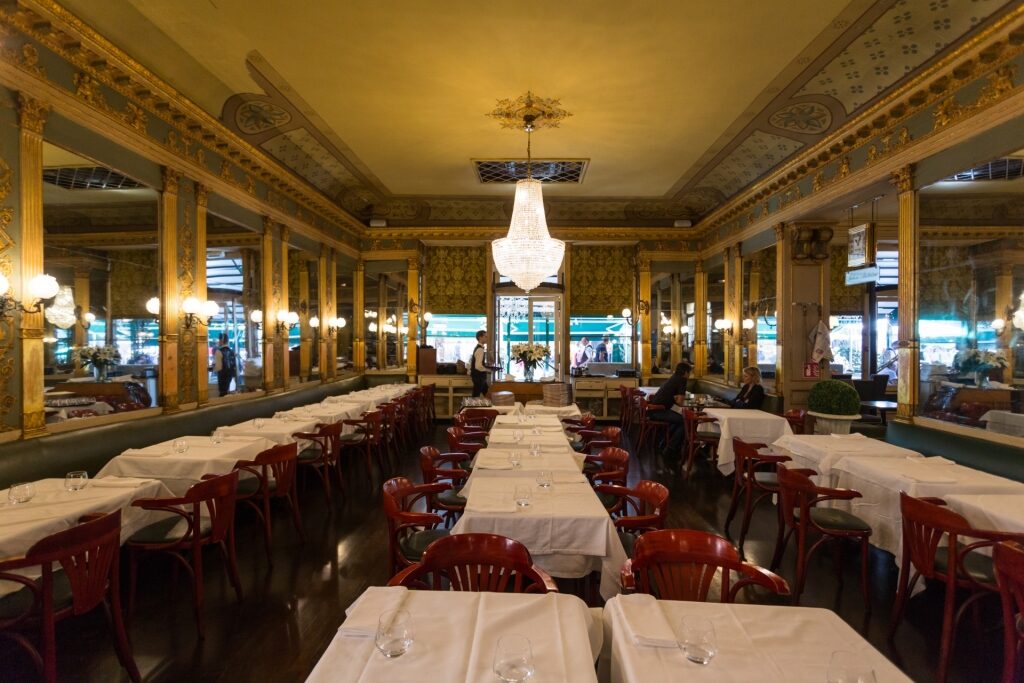
Restaurant in Aix-en-Provence
Much is made of the snooty service that can be encountered in France. Fortunately, much of this is an urban myth.
Generally, the food culture in France is warm, welcoming, and vibrant. There are some elements of social etiquette, especially in cities like Paris, that one should be aware of to ensure nobody’s nose is accidentally put out of joint.
For example, if you’re breezing into a café for a coffee or a quick snack like a croque monsieur, try to make eye contact with the greeter or host. They’ll let you know about their seating policy and if you should wait to be seated or can find your way to a table. Don’t ask for coffee to go and walk around the streets drinking it; this is very un-French.
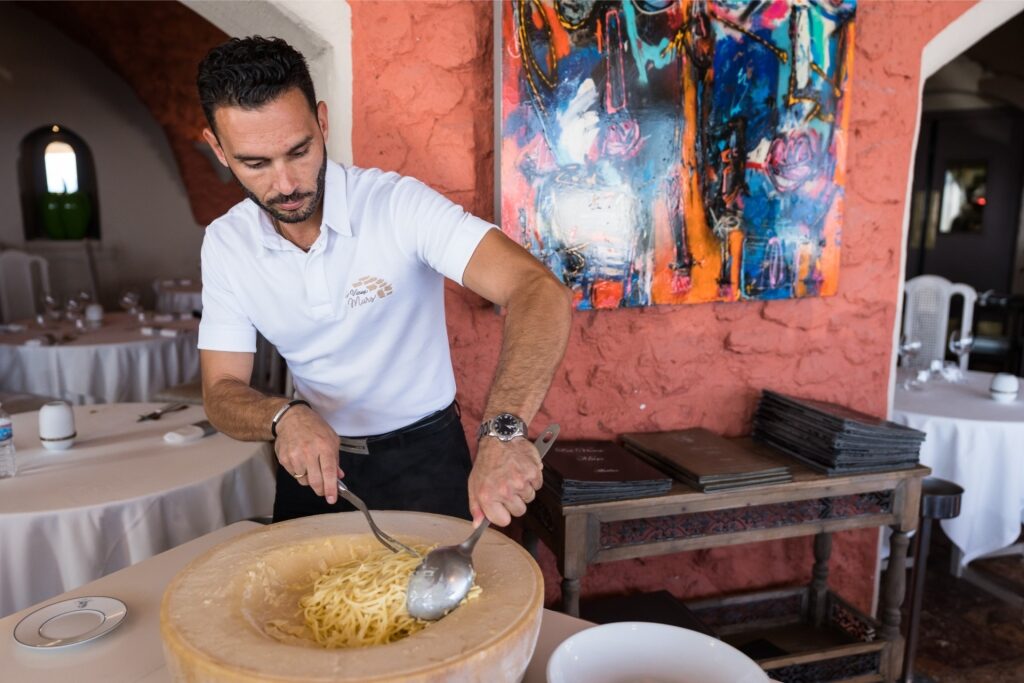
Restaurant in Antibes
When it comes to tipping, it’s usually included in your bill under the “service compris” section. Feel free to leave extra if you’re very happy with the service received.
Whether you’re in train carriages or a café, there is a general social convention in France that conversation is kept at a relatively low volume. However, if you’re traveling with lively kids, don’t fret: children get a pass on this one.
On to the dress code. Parisians idolize the concept of “chic”. This means that Parisians seem to have exquisitely put-together outfits that somehow come across as casual.
Even in a Michelin-starred restaurant, you generally won’t find the suit jackets or neckties of equivalent establishments in other countries. Upscale casual is more generally in evidence, so aim for this when visiting fine dining restaurants in the capital. Outside the major cities, the dress code returns to more universal conventions.
Managing the Menu
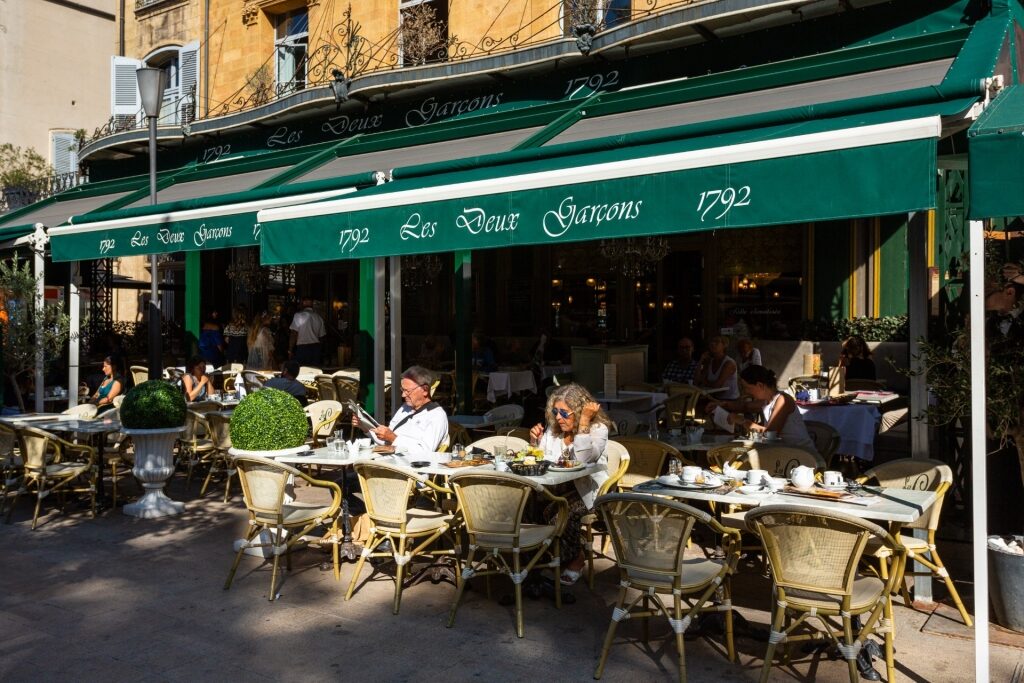
Aix-en-Provence
French menus tend not to throw up any major difficulties for fellow Westerners, although there are some things to be aware of.
While in the USA, the entrée is the main course, it is the term for the appetizer in France. The main course is the “Plat Principal”. If you’re having a traditional multi-course meal, this will then be followed by the cheese course and dessert.
Throughout France, you’ll regularly encounter “prix fixe” menus, from high-end restaurants to bistros. This means that you’ll receive several courses for a set price. This reflects the French predilection for long meals that offer the opportunity for conversation to flow, scenic outlooks to be soaked up, and to ensure the bottom of the bottle of Bordeaux is reached. Coffee is drunk after the meal, never during.
Read: European Food Guide
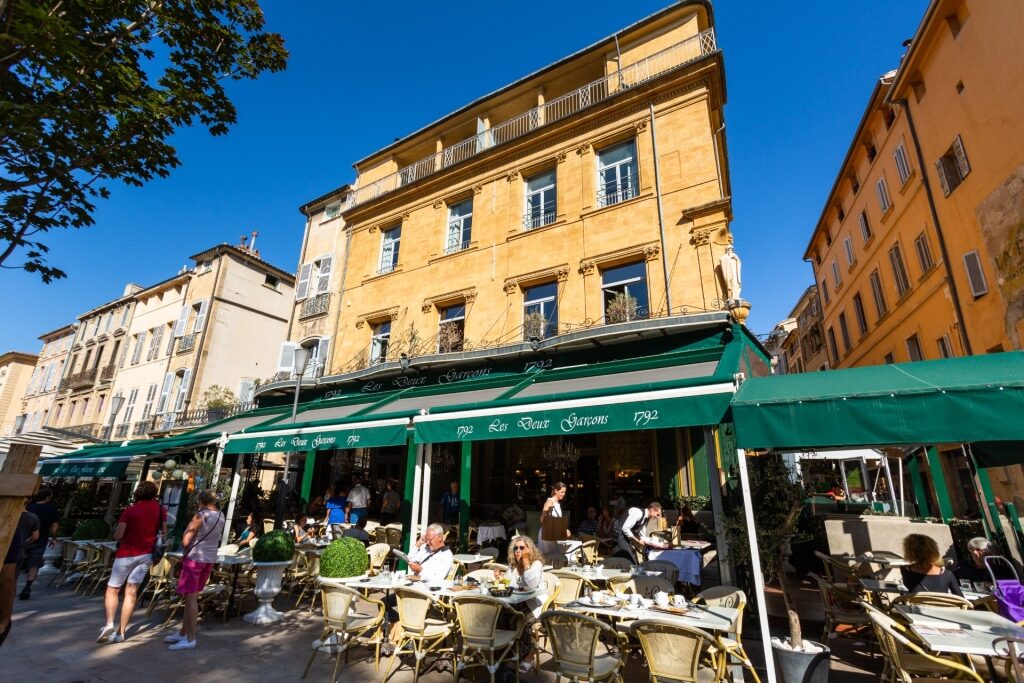
Aix-en-Provence
Discover what tarte tatin should really taste like on a voyage to fabulous France. Browse Celebrity’s cruises to France and plan your European adventure.




